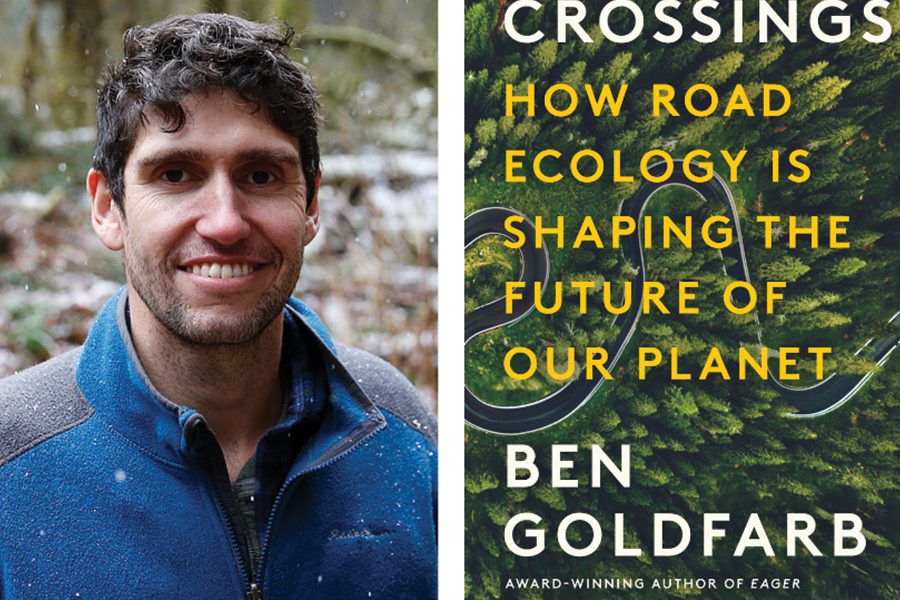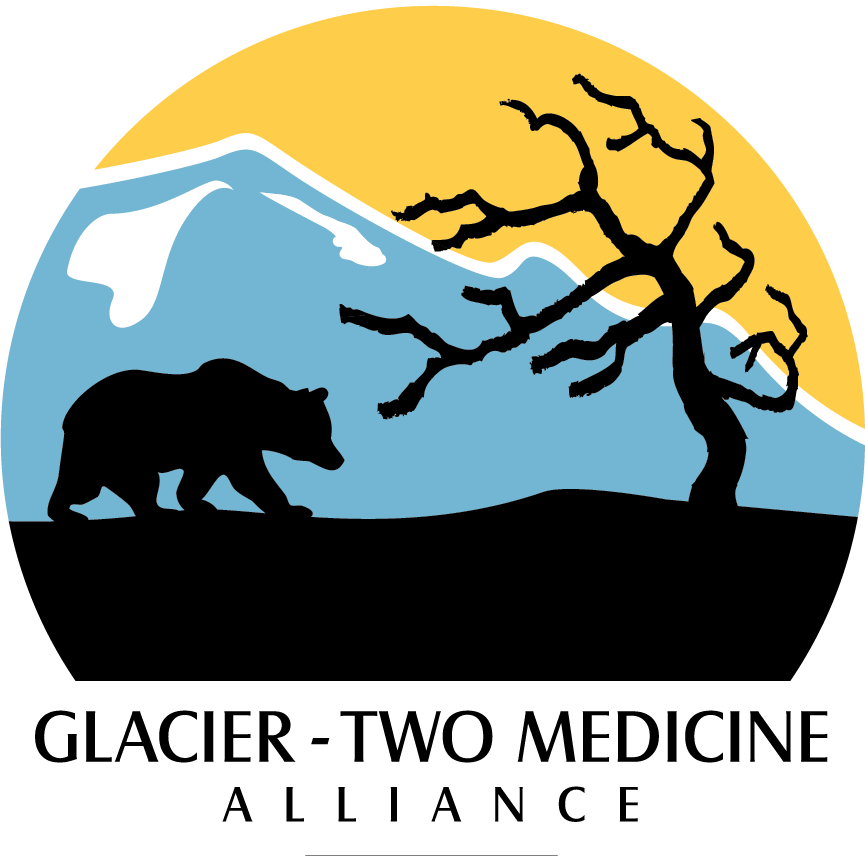
Journalist Ben Goldfarb highlights the importance of wildlife crossings
Whitefish, MT – Roads are brutal on wildlife. Every year, one to two million large mammals like deer, elk, and moose, plus tens of million more small mammals, birds, and reptiles, are killed along America’s roadways.
Yet, as science journalist Ben Goldfarb explained during a recent talk on roads and wildlife hosted by Glacier-Two Medicine Alliance, death is only the most obvious way our roadways harm wildlife. Roads impede their movement and block migration routes. They fragment and degrade habitat. They pollute air or clog streams with sediment. Road noise masks the approach of predators, causes deadly amounts of stress, or compels animals to avoid areas altogether.
Thankfully, as Goldfarb explained during his talk at the Whitefish Community Center on June 26th, we are learning how to effectively reduce the impacts of roads. One increasingly common solution is wildlife crossing structures, such as the overpasses and underpasses built on Highway 93 across the Flathead Reservation. Though they can be costly to build, they quickly recoup the investment by crash prevention, he said. And that’s not accounting for their tremendous conservation value. Crossings have also proven remarkably effective at helping species of all sizes actually cross the road, including sensitive species like grizzly bears.
Goldfarb would know. He is the award-winning author of Crossings: How Road Ecology is Shaping the Future of Our Planet, named one of the best books of 2023 by the New York Times. This fascinating book takes the reader around the world (though much of the book is centered in Montana and Wyoming) to examine the many ways roads impact wildlife and what’s being done to address this pernicious threat. Highly recommended read!
While all roads have impacts, Glacier-Two Medicine Alliance is particularly concerned about Highway 2 between East Glacier Park and Columbia Falls. In addition to large numbers of common species like whitetail deer or foxes killed, grizzly bears, black bears, lynx, even a wolverine have all been hit recently along this stretch of highway through the heart of one of the most intact ecosystems in North America. With traffic volumes to continue their rapid growth, this stretch of highway will become an ever-greater source of death as well as a barrier to daily movement, migration, and dispersal essential to long-term persistence if we are not proactive in improving the ability and willingness of wildlife to safely cross the road.
That’s why Glacier-Two Medicine Alliance is working to raise awareness by sponsoring talks like Ben’s, to improve our understanding of where wildlife commonly cross or die through research and monitoring, and to organize scientists, land managers, transportation officials, and wildlife advocates to identify and implement appropriate solutions.
Ben’s talk at the Whitefish Community Center was part of a six-stop tour across western Montana principally organized by the Center for Large Landscape Conservation.
Read new coverage of the event:
Watch Ben’s awesome talk on our YouTube Channel>
To learn more Ben’s fantastic book, or where to order, visit his website https://www.bengoldfarb.com/crossings>
How you can help wildlife cross the road
Report wildlife observations in the corridor to help identify key crossing locations.
Our work to promote safe passage for wildlife and people in the Highway 2 corridor would not be possible without the generosity of people like you. Donate today.
